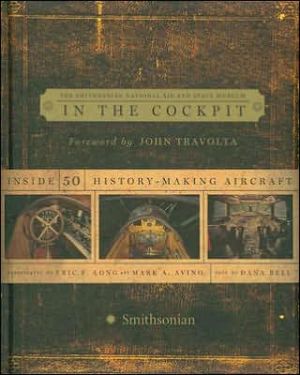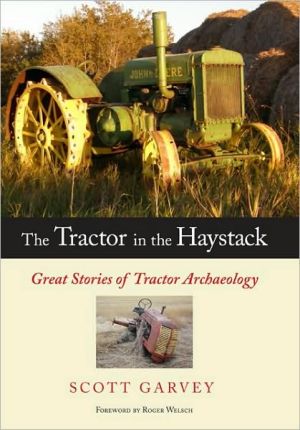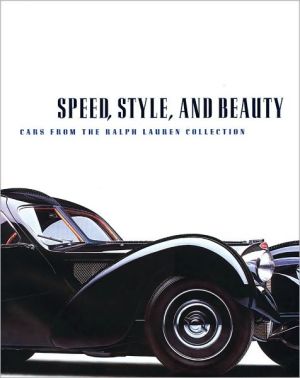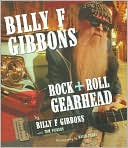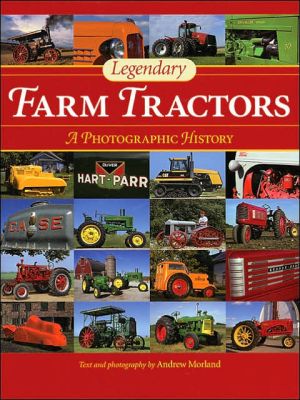In the Cockpit: Inside 50 History-Making Aircraft
The Smithsonian National Air and Space Museum holds the country's premier collection of historic aircrafts, but visitors must view these impressive structures at a distance.\ IN THE COCKPIT captures the feeling of helming these historic craft with big, gorgeous four–color photographs that will give flight enthusiasts a true pilot's eye view of many of history's most important domestic and military airplanes, jets, and helicopters. Each entry includes archival images of the craft and...
Search in google:
The Smithsonian National Air and Space Museum holds the country's premier collection of historic aircrafts, but visitors must view these impressive structures at a distance. IN THE COCKPIT captures the feeling of helming these historic craft with big, gorgeous four–color photographs that will give flight enthusiasts a true pilot's eye view of many of history's most important domestic and military airplanes, jets, and helicopters. Each entry includes archival images of the craft and authoritative text that places each one in the context of the development of aviation technology and world history.
In the Cockpit\ Inside 50 History-Making Aircraft\ Chapter One\ Wright Brothers 1903 Flyer\ Few realized it at the time, but the world changed on December 17, 1903. On that day, brothers Orville and Wilbur Wright made four flights in their Flyer, the first successful, powered, heavier-than-air flying machine. For some time, aeronauts had navigated the skies in unpowered gliders, free balloons, and dirigible airships, but the Wrights' machine made the leap in aerodynamics and technology that launched a new aerial age.\ Development of the Wrights' 1903 aircraft began in 1899, the concept growing from the brothers' experiences with a five-foot biplane kite to a program of innovative wind tunnel experiments and three piloted gliders. The third glider proved remarkably successful; with more than 700 test flights in 1902, it provided the Wrights with valuable engineering experience while also teaching them how to fly. Its final design, coupled with a 12 horsepower gasoline engine, formed the basis of the first engine-powered machine.\ The 1903 Flyer was first flown by Orville, who lay prone across the lower wing, his feet braced on a wooden bar. He had only three flight controls. The first, a clip at the wing's leading edge, was released with the right hand to send the aircraft down a wooden launch rail. The second, a lever held in the left hand, controlled the elevators that made the plane climb and dive. The last was a hip cradle, wired to twist the wings while turning the twin rudders; shifting the cradle laterally turned the aircraft left or right. The pilot had no throttle, as the engine was adjusted on the ground prior to flight.\ The 1903Flyer carried three instruments, all meant to be read after each flight. Started simultaneously as the aircraft traveled down the launch rail, the engine revolution counter, anemometer, and stopwatch were shut off as the aircraft touched down. When combined with measurements of wind speed and flight distance, the instruments could help calculate air speed, ground speed, and engine revolutions per minute.\ In the Cockpit\ Inside 50 History-Making Aircraft. Copyright © by Anna Smithsonian National Air and Space Museum. Reprinted by permission of HarperCollins Publishers, Inc. All rights reserved. Available now wherever books are sold.
